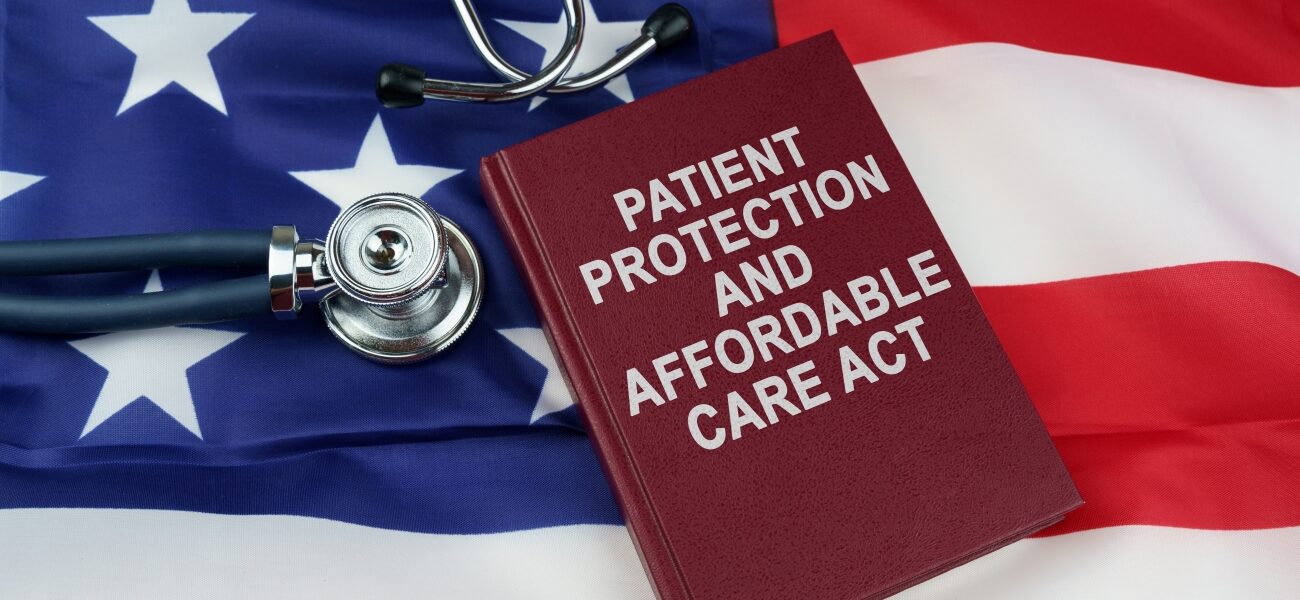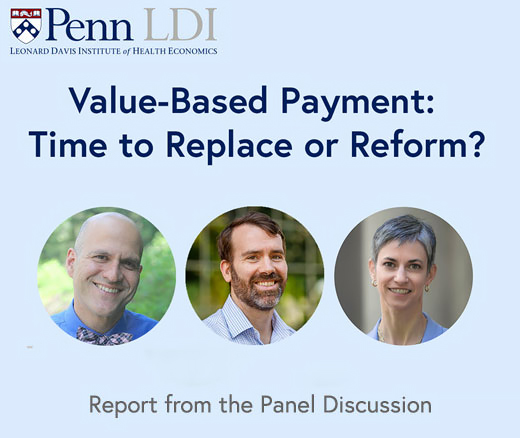
Nursing Home Incentive Program Falls Flat, New Work Explains Potential Reasons
A Major Federal Value-Based Purchasing Program Was Designed to Cut Hospital Readmissions. LDI Fellows Say the Incentives Are Too Small to Drive Real Change
Health Care Payment and Financing
In Their Own Words

The following excerpt is from an op-ed that first appeared in the Philadelphia Citizen on December 19, 2025.
For more than a decade, Republicans have agreed on one thing with remarkable consistency: they do not like Obamacare. What they have not agreed on—despite countless vows, hearings, and white papers—is what should replace it.
Now, as Congress debates extending enhanced subsidies for Affordable Care Act (ACA) plans, Republicans are once again floating an alternative. U.S. Senators Bill Cassidy (R-LA) and Rick Scott (R-FL), drawing on their experience as a physician and a former health care executive, have sketched concepts to lower what they say are excessive insurer profits and give consumers more choices than the exchanges now provide.
But turning criticism into a practical alternative is harder than it sounds. That is because the core design of Obamacare — tying the cost of premiums and the richness of coverage to a person’s income—was not a Democratic invention at all. It originated with Republican thinkers, including me and my colleagues in the George H.W. Bush administration and at the Heritage Foundation.
The GOP has spent years trying to improve its own blueprint, and the ideas now resurfacing largely return to a familiar tool: Health Savings Account–style vouchers meant to make consumers more disciplined and encourage shopping. Whether this creates a viable system or destabilizes the current one turns on subtle design choices that determine who stays in the ACA risk pool and who flees it.
Read the full op-ed here.


A Major Federal Value-Based Purchasing Program Was Designed to Cut Hospital Readmissions. LDI Fellows Say the Incentives Are Too Small to Drive Real Change

An LDI Expert Offers Five Cost Control Measures As Congress Continues Its Affordability Debate

A New Review Finds Hospital Mergers Raise Prices Without Improving Care, and Urges Regulators to Stop Accepting Quality Claims to Justify Consolidations

CMS’s Main Risk Adjustment Method Underestimates Rural Patients’ Health Risks, LDI Fellows Show, Potentially Reducing Access to Care in the Heartland

Penn LDI Debates the Pros and Cons of Payment Reform

Moving from Fee-for-Service to Risk-Based Contracts Hasn’t Dramatically Changed Patient Care, Raising Questions About How to Make These Models More Effective